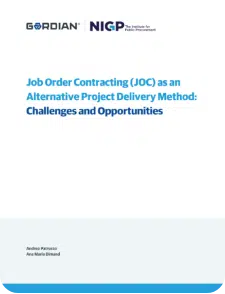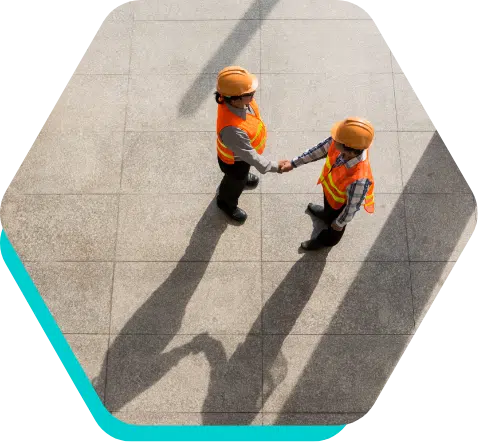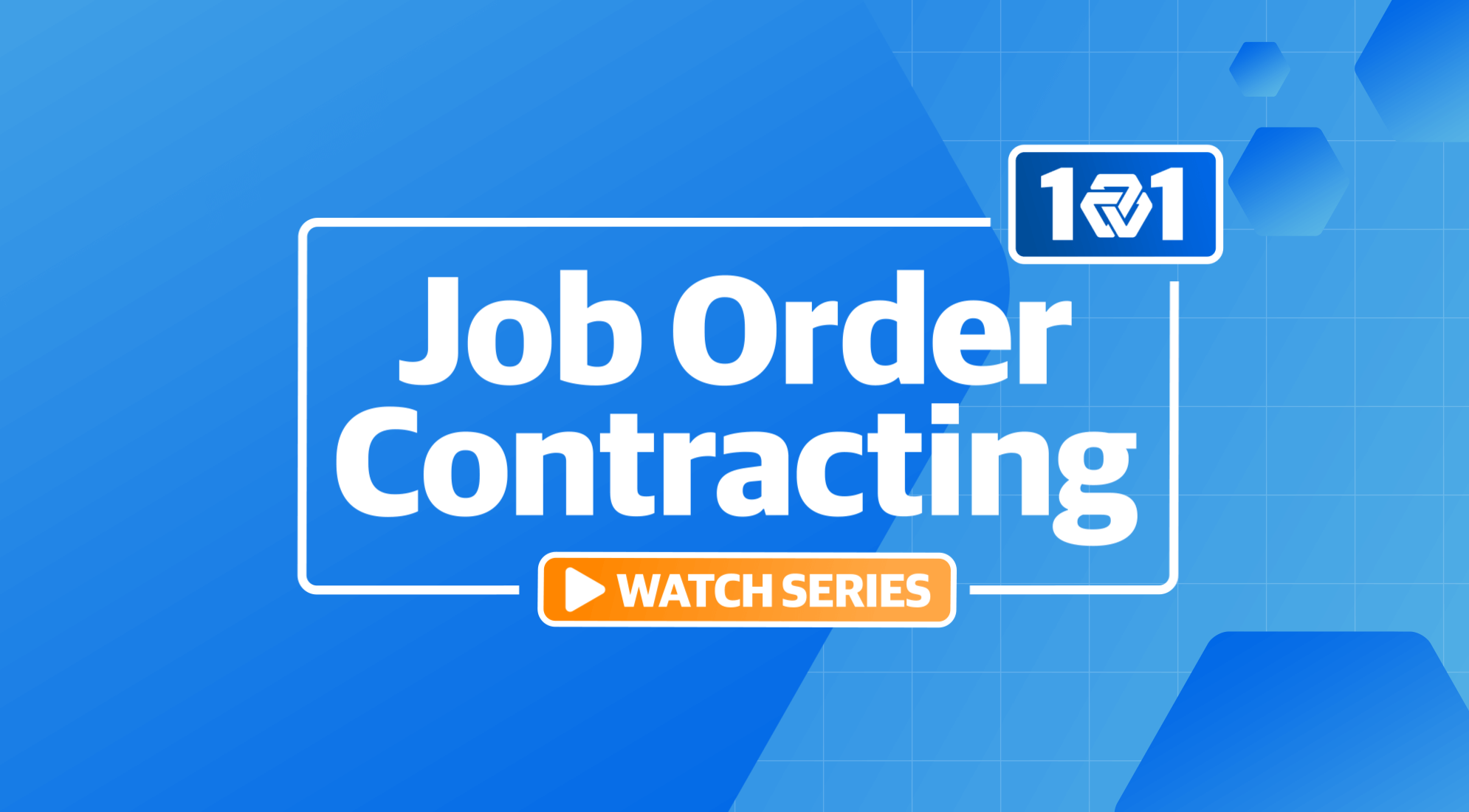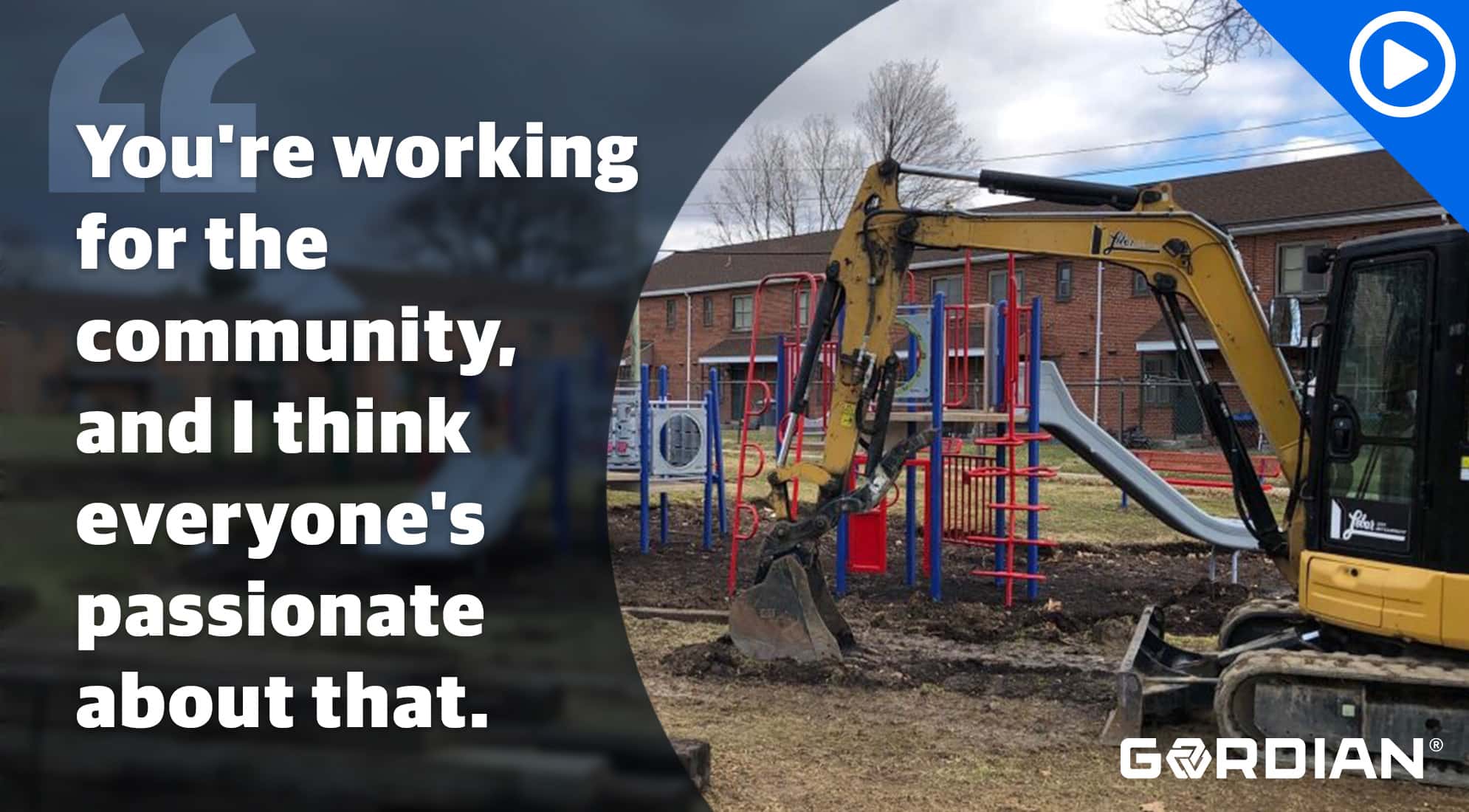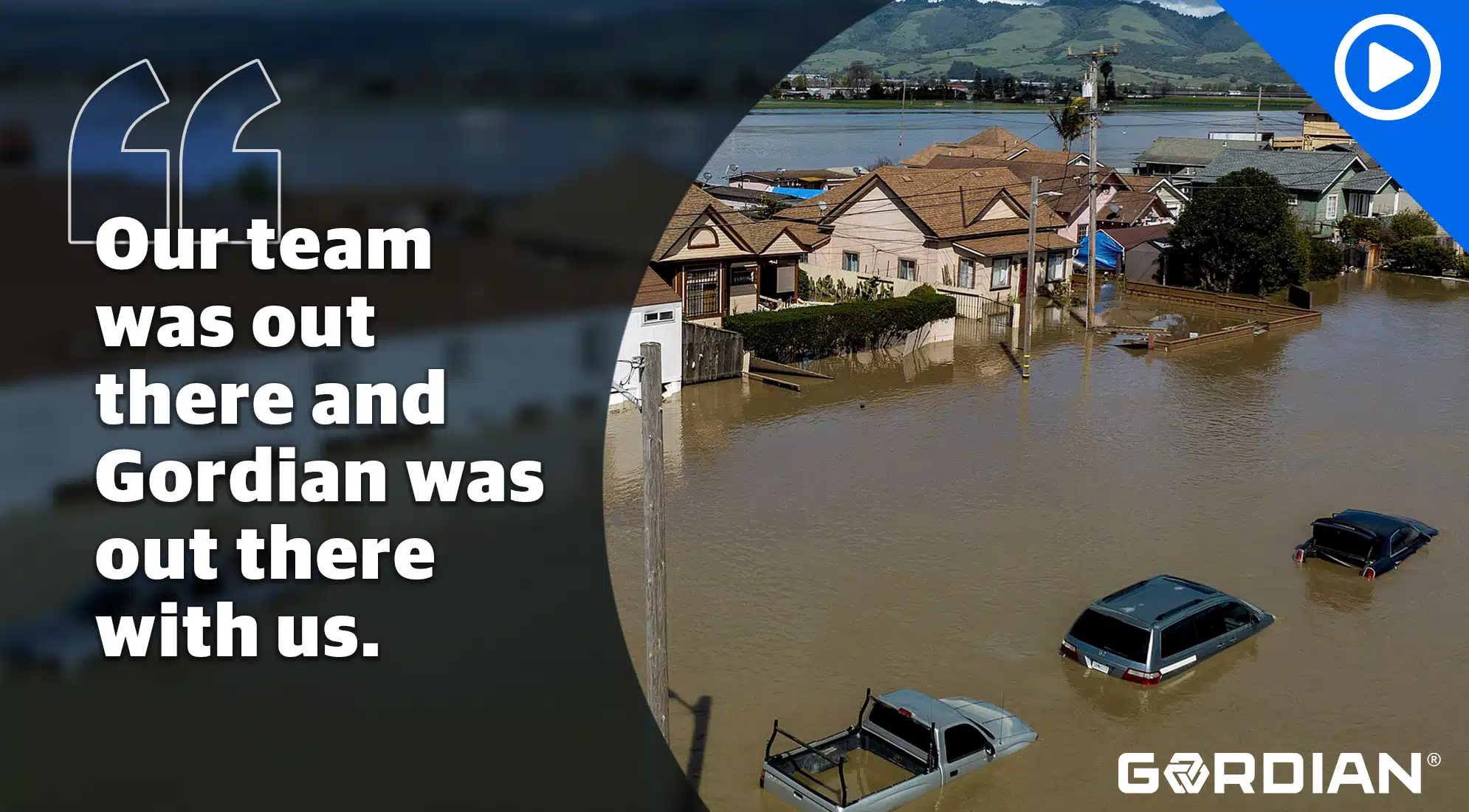Job Order Contracting (JOC)
Gordian’s Job Order Contracting (JOC) is Indefinite Delivery, Indefinite Quantity (IDIQ) construction delivery method that allows many projects to be completed through a competitively-awarded contract. This single-solicitation process enables projects to start faster and creates partnerships between project owners and awarded contractors, resulting in higher quality work. As the creator of JOC, Gordian has decades of experience implementing and supporting successful JOC programs.
Contact Us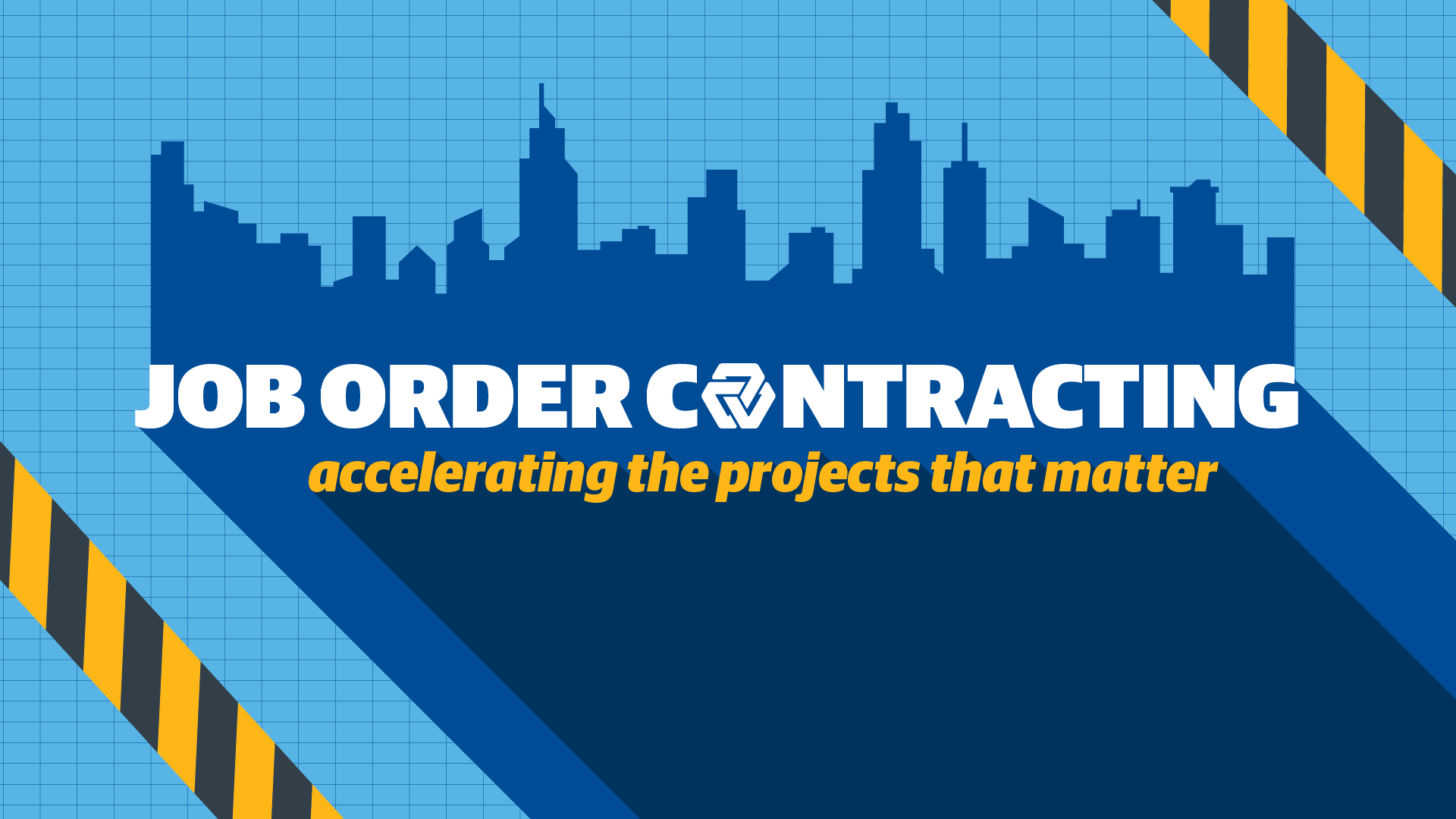
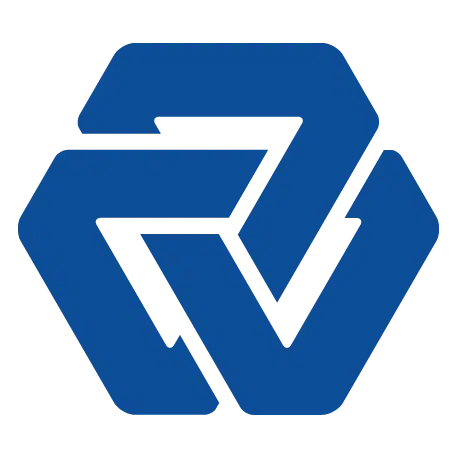
A Proven, Streamlined Approach to Construction Procurement
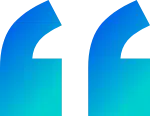
When you need to mobilize quickly and really get moving on a project, it is an incredible tool.”
Brian Smith | Procurement Business Processes Manager
City of Mississauga (Ontario)
Make the Most of Your Budget
With Job Order Contracting, organizations avoid the administrative expense of sending every project out to bid. But that’s not where the cost savings end. Every Gordian JOC project is priced a specialized Unit Price Book developed by our engineers and construction experts. With preset, local prices in hand, organizations can be sure of project costs and collaborate with contractors to maximize project budgets.
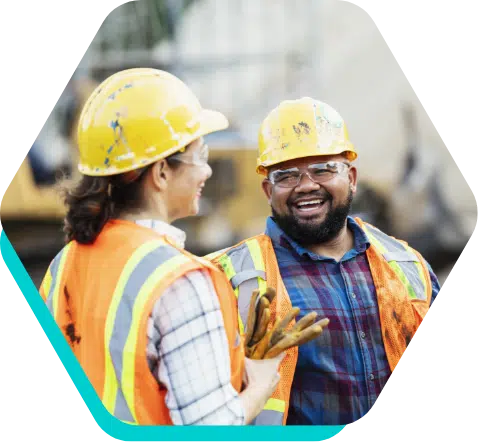
Work With Quality Local Contractors
Gordian’s JOC solutions provide you with immediate access to highly qualified, local contractors who know that better work creates more potential to participate in your JOC program. This performance-based contract results in teamwork, responsive service and high-quality construction.
Are You a General or Trades Contractor?
Find out more about Job Order Contracting can help you grow your business.
Meet and Track Inclusion Goals
Gordian has proven success helping clients meet, track and exceed their inclusion goals for disadvantaged, local, small, minority-owned, veteran-owned and woman-owned business enterprises. In fact, 35% of Gordian JOC contractors hold a minority-owned business certification.
Here’s how we help:
Gordian performs outreach to your contractor community to help educate and encourage participation in your JOC program. Once the general contractors are awarded, Gordian will conduct additional outreach to sub-contractors to help ensure your program meets your inclusion goals. Our software application also tracks your KPIs, so you know how your program is performing at all times.

Job Order Contracting has been an instrumental tool in our entire suite of contracting and project delivery services.”
Randy Ishii | Director of Public Works, Facilities and Parks | Monterey County (CA)
Flip the Cards Below To Find Out When To Use Job Order Contracting
Routine, Straightforward Projects

Projects that can be scoped, priced and completed quickly, like this public safety installation.
Time-Sensitive Projects and Emergency Work

Work that must be done immediately. See how Monterey County responded with JOC when flooding submerged a California community.
Backlogged Projects

JOC is ideal for deferred work, like this school roof replacement that spent eight years on the backlog.
Maintenance, Repair and Operations (MRO)

Keeping up with MRO requests is a breeze with JOC. This seawall repair is a prime example.
Projects with a Fixed Budget

The City of Victorville (CA) used JOC to maximize grant funds and expend them on deadline. You can too.
Replacement-In-Kind Projects

When you need to replace an item without needing to change design specs, like this cafeteria ceiling tile replacement.
5 Simple Steps to Smarter Construction Procurement

Gordian schedules a meeting at the site for those involved to discuss project and design details.
Gordian helps prepare a Detailed Scope of Work that describes the work the contractor will perform.
The contractor prepares a Price Proposal by selecting the appropriate tasks from Gordian’s Construction Cost Catalog® (CTC).
Gordian reviews the Price Proposal to ensure the contractor has selected the appropriate tasks and quantities.
Once the Price Proposal is approved, you issue a Job Order for the contractor to proceed.
The Gordian Difference: Why Thousands of Organizations Partner With Us
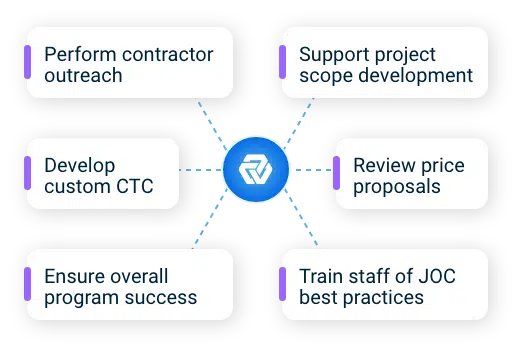
Programs Built With Purpose
From self-managed options for organizations that have succeeded independently to those that require more Gordian involvement and services, every JOC offering is designed with our customers in mind. No matter what service level is right for you, Gordian is right by your side to make sure your JOC program is a winner. We provide individual Unit Price Books that reflect the realities of your local construction market and the needs of your organization. We assist in contractor outreach to ensure your program is healthy and the money you spend stays in your community. We train your staff in JOC best practices, help with scope development and review Price Proposals to make sure you get exactly what they expect. However our customers need us, Gordian is there.
Robust and Intuitive Program Management
Gordian’s secure, cloud-based project management platform puts all the tools to run a best-in-class program at your fingertips. Elevate your JOC program with quick access to your CTC, Price Proposal version histories, project milestones, program insights and robust reports.

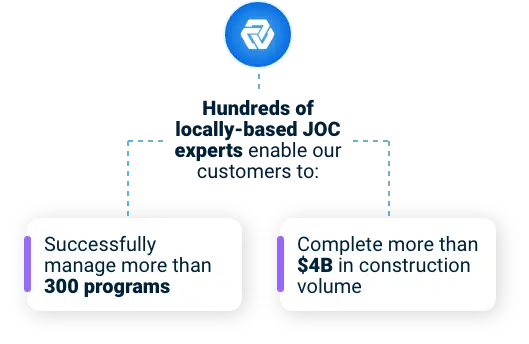
Experienced JOC Experts to Support Your Staff
Gordian has decades of experience helping implement and oversee Job Order Contracting programs — more than any other JOC provider in the world. That’s why our JOC solutions are used to complete over $4 billion in construction volume for more than 300 programs each year. The secret to our success is our people. Gordian’s in-house JOC experts provide end-to-end program support to ensure every JOC program is a success.
Leading in Job Order Contracting
This map highlights the extensive reach and impact of Gordian’s Job Order Contracting efforts. In 2024 alone, we helped organizations complete 46,323 jobs across North America.
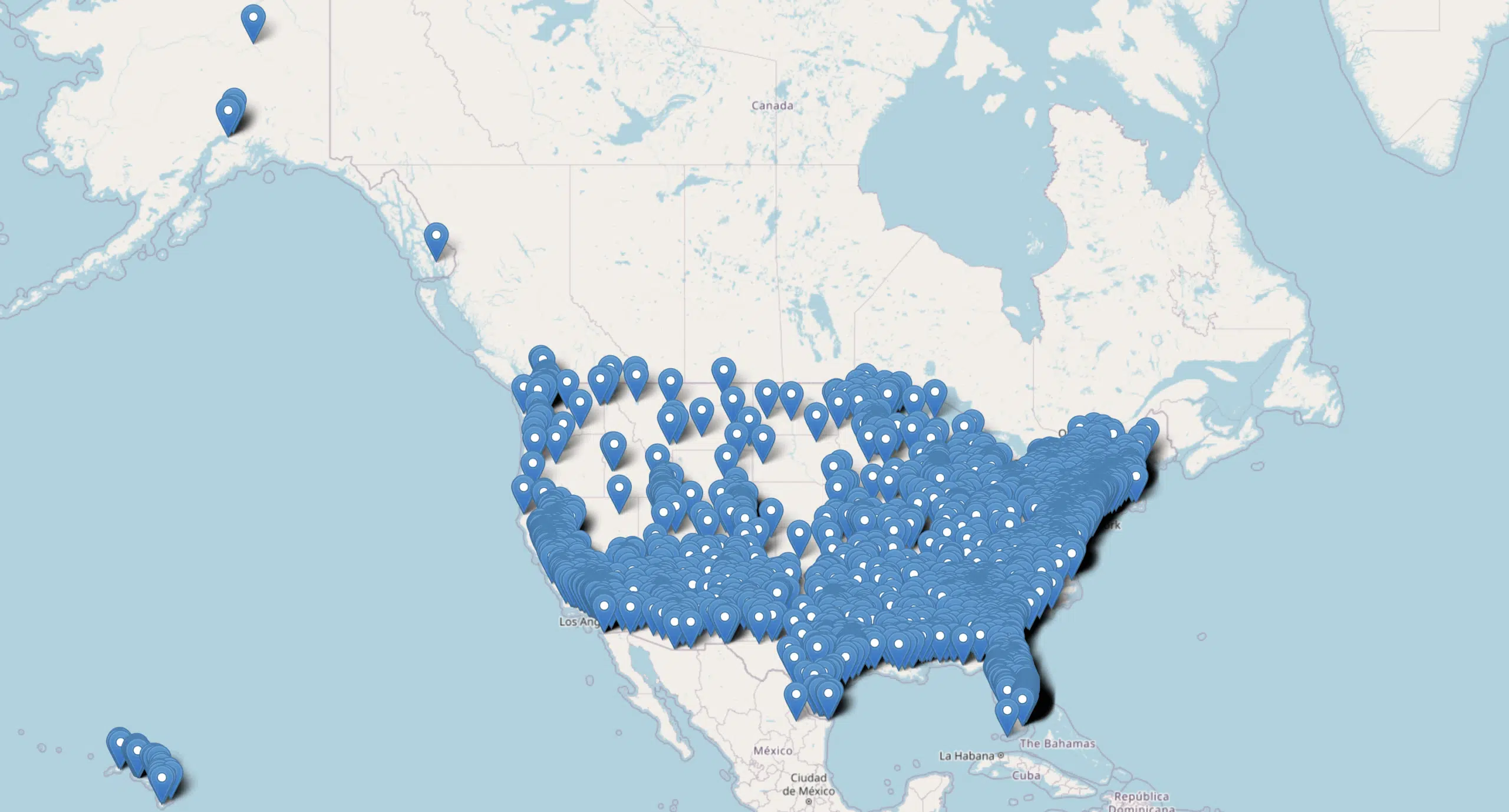
Map displays projects since 2024
Hear From
Our Team of
JOC Experts
Accessing a Gordian JOC Program
Organizations have two ways to leverage a Gordian Job Order Contract. Through a custom program, through a shared one or both. Some organizations use a shared JOC contract, also known as Cooperative JOC or ezIQC, as a supplement to their custom contract. We want you to use whichever option is right for your project and your organization.
Custom JOC Contract
- Your organization holds the master contract and determines all contract details
- Unit Price Book developed specifically for your organization
- Contracts awarded based on your organization’s requirements
Shared JOC Contract
- Another organization (typically a purchasing co-op
or government entity) holds the contract and
determines the details - Construction Task Catalog developed for a specific
region or area - Contracts awarded based on contract holder’s
requirements


